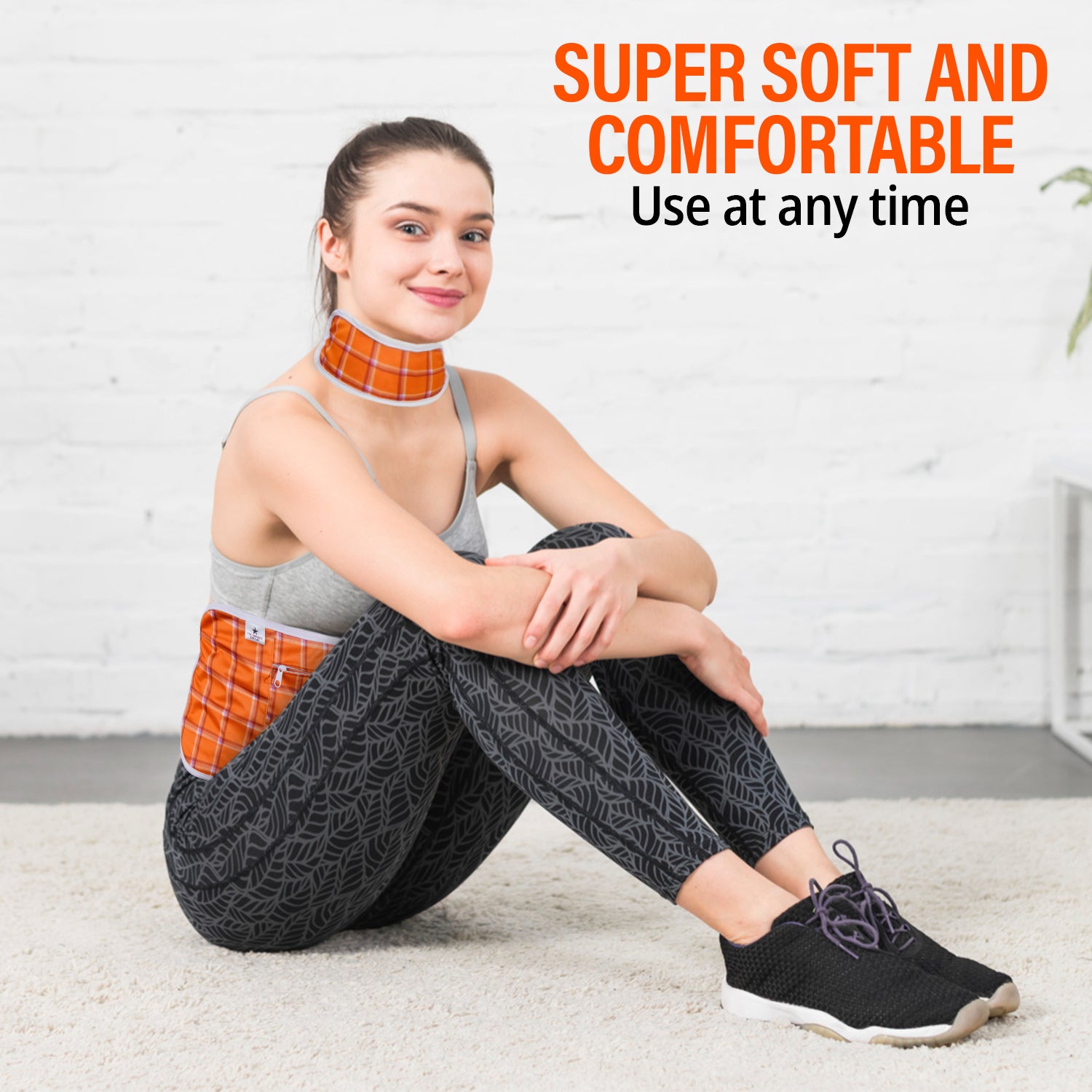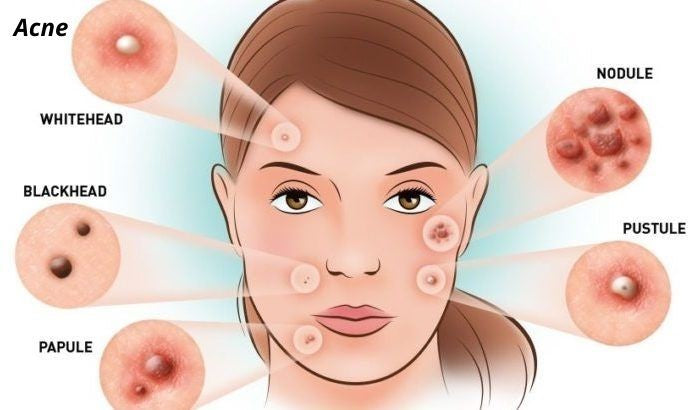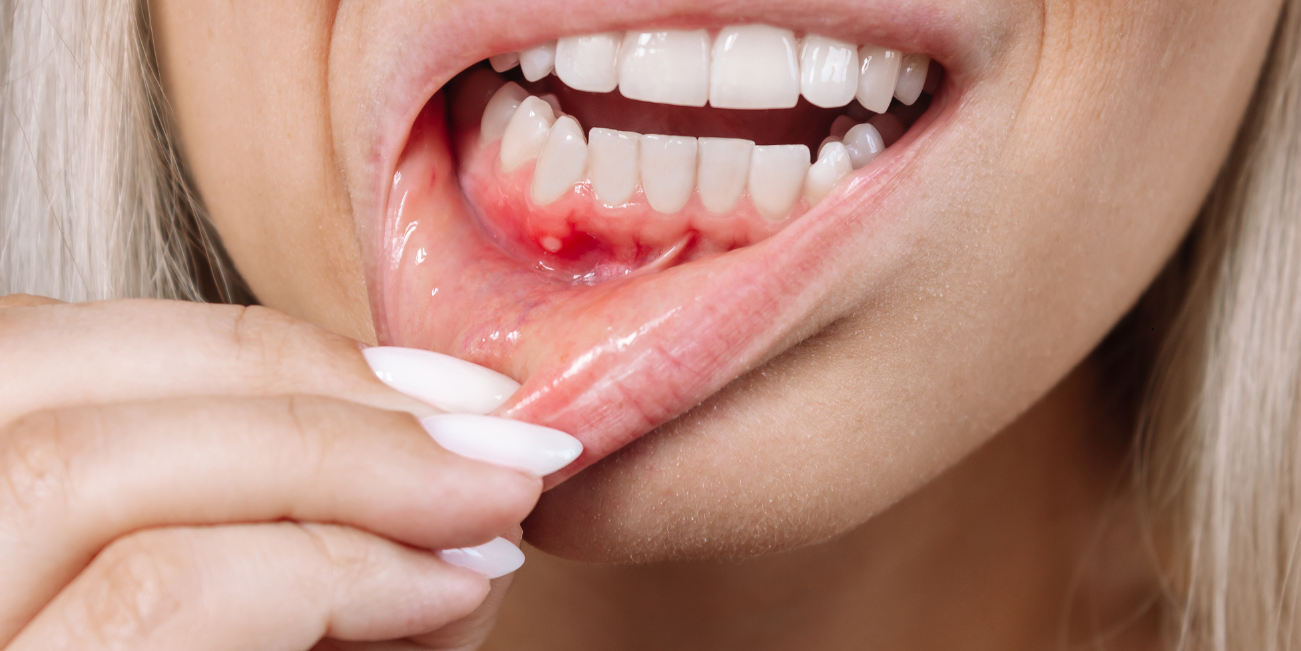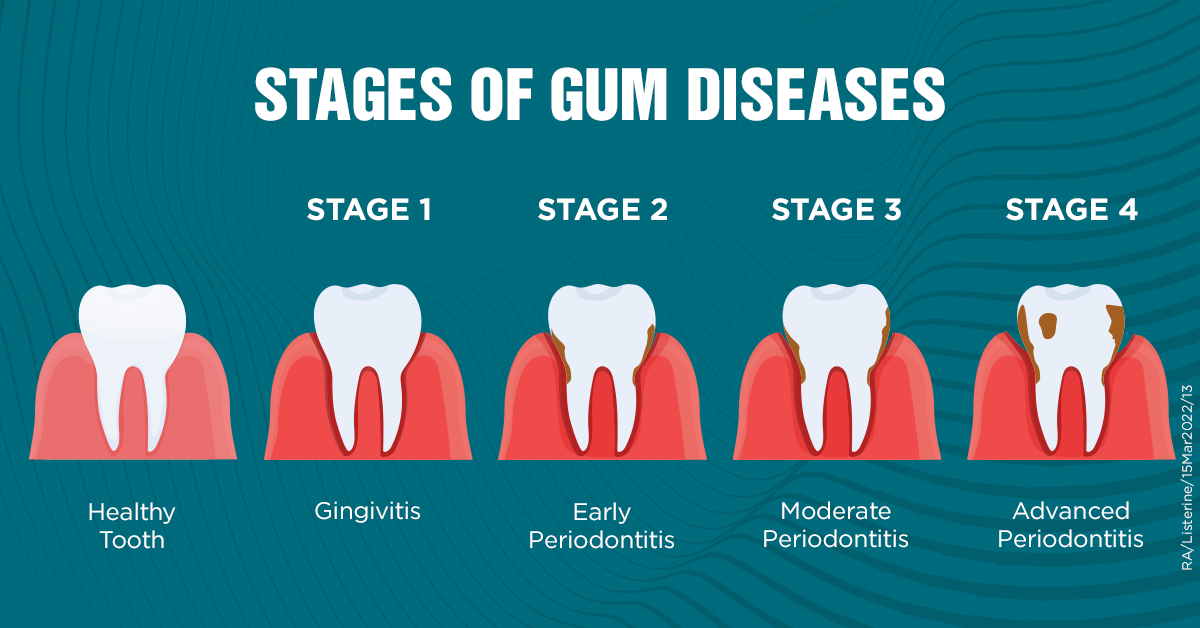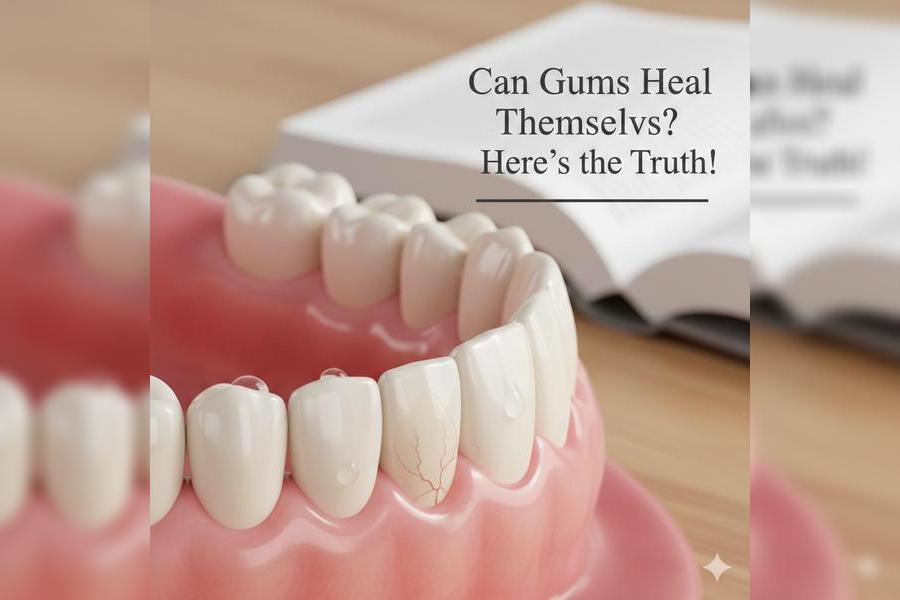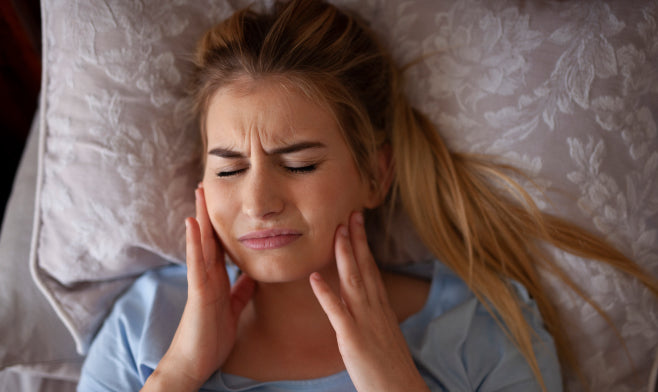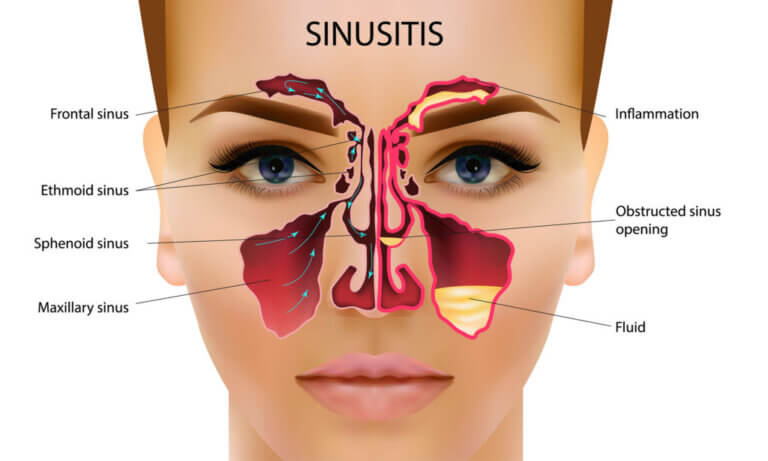What Is Acne?
A pimple or a zit developed suddenly on the skin is the blockage of tiny holes called pores by dirt, dead skin cells, bacteria, and oil. The repetitive action of pimple formation is called acne. It is the most common skin condition, although not life-threatening it may be quite painful especially if it becomes severe. Along with physical uneasiness, it may cause emotional stress. Acne causes permanent physical scarring and affects the self-esteem of the patients. Several effective treatments are available for acne to reduce the number of pimples and redness covering the deadly skin on the face.

Types Of Acne
Clogged pores of skin cause acne which is different from the type of acne that spread across the skin. Generally, hormonal fluctuations during the puberty and teenage years the occurrence of acne is the first sign indicating changes in hormonal levels. It is considered to be the most common skin condition among children and adults. The reasons attributed to the formation of clogged pores are the:
- Bacteria
- Hormones
- Dead skin cells
- Ingrown hair
- Sebum (excess production of oil)
Acne is divided into two types basically, one being inflammatory acne while the other one being non-inflammatory acne. The treatment strategies are adapted according to the type of acne the body is experiencing. The subtypes of acne based on inflammatory and non-inflammatory types are categorized as:
- Whitehead acne
- Blackhead acne
- Papules acne
- Pustules acne
- Nodules acne
- Cysts acne
The severity of acne is the determinant of the treatment strategies.
Non-Inflammatory Acne
The acne in which there is no inflammation of the skin is called non-inflammatory acne. Whitehead acne and blackhead acne are included in non-inflammatory acne. These types of acne are susceptible to treatment with over-the-counter treatment strategies. The best over-the-counter treatment is salicylic acid that helps to treat whitehead acne and blackhead acne by exfoliating the skin and removing the dead skin since these are the basic medium of acne development. The toners, moisturizers, and cleansers have salicylic acid as the definite ingredient.
Types Of Non-Inflammatory Acne:
The non-inflammatory acne is further subdivided into the following types:
- Blackheads (Open comedones): A combination of sebum and dead skin cells clog the pores on the skin called blackheads. Although the skin is clogged around the pore formed, the top of the pore stays open. The characteristic black color appears on the skin as a result.
- Whiteheads (Open comedones): Sebum and dead skin cells clogging the pores of the skin forms the whiteheads. The appearance of a whitehead is like a small bump protruding from the skin. The treatment of whiteheads is more tedious and resistant due to the closure of the pores. Stronger and potent medications are preferred for comedonal acne as topical retinoids and adapalene.
Inflammatory Acne
The acne that appears as red and swollen pimples on the skin is known as inflammatory acne. The involvement of bacteria cannot be ruled out along with the sebum and dead skin cells in playing the role to cause inflammatory acne. Bacteria cause infections in the endothelial layers, deep beneath the skin’s surface. The outcome is painful acne spots that feel clogged and hardy go away. The bacteria from the skin can be washed away with the help of products containing benzoyl-peroxide which remove excess sebum too with either oral or topical antibiotics. The papules and pustules can be treated with the help of topical retinoids.
Types Of Inflammatory Acne:
Inflammatory acne is further subdivided into the following types:
- Papules: Severe inflammation around the walls surrounding your pores break down and cause the papules. The hard, clogged, tough to touch pores appear as a result of this inflammation. The skin surrounding the pores becomes pink and appears as pink shades.
- Pustules: The pus-filled pimples formed after the walls around your pores are broken down are the pustules that differ from papules in pus composition. The bumps come out from the skin with yellow or whiteheads on the top and are usually red.
- Nodules: Unlike papules and pustules, the deeply embedded clogged, swollen pores that are underneath the skin enduring severe irritation and larger growth are called nodules. They are so deeply penetrated in the skin hard to be treated with DIYs or at home. Prescription medicines as isotretinoin or others by the dermatologist are mandatory. The isotretinoin is made from vitamin A and treats the nodules by decreasing oil gland size within the pores if taken daily for four to six months.
- Cysts: Cysts are a type of inflammatory acne that are present deeper beneath the skin even than the nodules and are developed by the pores being clogged with sebum, dead skin cells, and bacteria. The cysts appear as large white or red bumps that are painful to touch and present the largest form of acne resulting from a severe infection. Initially, isotretinoin is used to treat cysts and if the condition worsens then the dermatologist may surgically remove the cyst.
The Severity Of Each Type Of Acne:
Although each type of acne has its effects and hazards on the skin along with the level of pain and uneasiness still whiteheads and blackheads are a bit milder forms that can sometimes be cleared off with over-the-counter topical medications like salicylic acid-based toners or benzoyl peroxide medications. Topical retinoids come as the next option for comedones if they do not respond well to over-the-counter medications. Adapalene, a retinoid is proven to be effective against whiteheads and blackheads. The moderate forms of acne are papules and pustules which may or may not be cleared off with over-the-counter medications depending upon the severity and duration. An oral or topical prescription from a dermatologist may help to wear it off. The most severe and irritating as well the painful ones are nodules and cysts which need a proper diagnosis and treatment plan prescribed by a dermatologist to clear it up. Picking or popping the nodules and cysts at home yourself may give rise to scars.
Causes Of Acne:
There can be several reasons associated with the occurrence of acne at any age of life. Yet, there are few more considerable causes of acne. The real physiological reason behind acne may be the moisture in the pores of the skin. The possible causes of acne may be the blockage of pores of the skin with oil, bacteria, or dead skin. The follicle is the destination of each pore of the skin which is made up of hair and a sebaceous gland. Oil is released in the form of sebum that travels up to the hair onto the skin out of the pore. The skin is kept soft and lubricated with the help of sebum.
The process of acne formation occurs with the problems in the lubrication process that may occur due to a number of reasons as:
- High rate of production of oil by your follicles
- Accumulation of dead skin cells in your pores.
- Building up bacteria in your pores.
The pimples are the first stage of the development of acne as a result of these lubrication process issues. The bacteria grow in the clogged pore, cause infection, and oil remains blocked inside and becomes unable to escape.
The bacteria that develop in the plugged pores by extra sebum is the Propionibacterium acnes or P.acnes. The defense system of the body and its components as white blood cells attack the P.acnes and cause inflammation and acne development. The factors contributing to the development of acne are:
Genetics: Few people have genetic inclusion of the material of skin that contributes to the development of acne in their skin. Neither any bacteria nor any dead cells become clogged in their skin but still, acne develops due to the genetic makeup.
Diet: The dietary intake of fried substances, the fast-food intake, the least intake of fresh fruits or juices, the least intake of vegetables, least exposure of the body to detoxifying materials contribute to the development of acne in the skin.
Stress: The stress either physical or mental contributes to the disturbance of all the physiological functions of the body creating abnormal fluctuations of hormones rising the levels of stress-fighting hormones that may result in the development of acne or pimples on the skin. These burdens of stress may arise due to digestive disorders, sleep disorders, fever, or any other disturbance.
Hormonal changes: Changes in the hormone levels in the body due to a number of reasons as stress, monthly periodical cycles of women, any acute stressful event, or any other stressful situation that may prompt the development of acne on the skin.
Infection: Infection anywhere in the body may cause the development of acne on the skin as a reaction of the body against the infection.
Sleep disorders: A disorder of sleep changes the rest habits and pattern too. Improper time table of food intake ultimately affects the digestion leading to the stressful condition which may cause acne development.
Birth Control Pills: An abnormal change in the physiology of the body occurs by using birth control pills. These pills always give unpredictable side effects to each person. If the immune system of the body is weak towards skin reactions, then acne comes as the outcome of its harmful effects…
Obesity: Obesity or being obese is another factor contributing to the development of acne. Obesity is correlated to a number of ailments including stress and infection leading to acne.
Extremely spicy food intake: The taste and quality of food have the biggest impact on the health system of your body especially skin and glands of the skin. Extremely spicy food with the raw intake of chilies, in the long run, may impart the development of acne on the skin.
Symptoms Of Acne:
Acne can attack at an age of as early as ten years old and as late as twenty-eight. The signs and symptoms remain the same either for a child or for adults, the severe uneasiness and pimples are the first symptom that is quite visible to those in your surroundings. The acne may appear on the face, neck, ears, eyes, or other open skin areas. The most common signs and symptoms of acne are:
- Whiteheads: Closed pores appear on the skin as whiteheads that are plugged.
- Blackheads: Open pores on the skin are blackheads that are plugged.
- Swelling or lump on skin: Sometimes swelling or lump may appear on the skin.
- Papules: Small pimples or bumps may appear on the skin.
- Pustules: red inflamed pimples with white tops indicating pus in it are papules.
- Cysts or nodules: Large painful bumps underneath the skin appear as cysts that may cause scarring.
Treatment Strategies For Acne:
Several procedures and treatment strategies as well as lifestyle improvements may help to remove acne or at least reduce the hazardous effects of acne on the skin. These include topical medications, antibiotics either oral or topical, lifestyle improvements, DIY strategies to be prepared and applied on daily basis to help recover from acne. These include
Lifestyle Changes To Remove Acne And Recover From It:
Lifestyle changes and adaptation of a healthy atmosphere and lifestyle can improve the conditions of acne and other skin diseases. The major cause of skin diseases and acne is excess oil production from your pores of the skin, so keeping your skin oil-free and clean should be your priority. Greasy hair and oily skin must be kept neat and clean to be hygienic. Oils from hair and skin build-up bedding so daily or weekly changing your pillowcase and other things can prevent this bedding build-up. The face must be washed with lukewarm water two to three times per day and with a gentle cleaner to improve the skin condition. The face should not be scrubbed too hard since it may aggravate the skin even more. The irritating skin products should be avoided such as scented lotions or oil-based makeup since these materials can produce more oil and thus may harm your skin more. Non-comedogenic sunscreens and moisturizers must be used that may not clog your pores. These lifestyle changes may help to improve your acne and make your skin healthy and rosy.
Topical Medications For Acne:
Topical applications are applied on the skin at the topmost layer to be absorbed slowly from here and produce the desired effect. The lotions, gels, and creams are applied as a thin coat on the skin in the morning and before bedtime after washing the face to improve healthy skin. Some such topically applied medications are available over-the-counter and some are available by prescription from physicians. Over-the-counter drugs mostly contain the active ingredient benzoyl peroxide or salicylic acid to reduce the amount of oil on your skin. These products fight inflammation and help treat the existing blemishes of acne and prevent new ones to appear on the skin.
The acne gels or creams containing tretinoin, a retinoid from vitamin A are prescribed by physicians containing stronger and potent doses of benzoyl peroxide or antibiotics to work against acne or skin conditions. These are prescribed when over-the-counter medications are not strong enough o fight the skin conditions. The gels may also contain clindamycin, an antibiotic that kills bacteria and fights against the outcomes of this bacterial invasion as acne and inflammation.
Oral Medications For Acne:
The treatment strategy for acne that is involved in oral intake is called systemic treatments because they get absorbed throughout the entire blood circulation. They can be taken after a prescription from the doctor only. These medications are prescribed only if topical agents are unable to treat the conditions of acne. These systemic drugs include:
- Antibiotics: Tetracycline or such antibiotics of the same class may be prescribed by the physician on the basis of daily once. These antibiotics can help the body and skin to fight against bacteria from the inside out. They must only be used if the topical medication is not improving the condition.
- Birth control pills: The imbalance of hormones may cause acne development in most women. The regularized hormone level can help to combat the effects and may improve acne development for women.
- Isotretinoin: A stronger drug of the retinoid family is isotretinoin which reduces the size of oil glands to make them produce less oil. The drug may help regulate the skin cell turn over to let them release the bacteria and excess oil from your pores. It may be prescribed by the physician when all other strategies have been tried and failed to improve the acne condition and severity.
Medical Procedures To Remove Acne:
The treatment that involves invasive procedures is not commonly prescribed and encouraged and thus very few medical procedures are applied to treat severe acne. These procedures may be performed in a doctor\’s office as they may be painful and in some cases may cause scarring. These may include:
- Drainage and extraction procedure: The process of drainage and extraction may involve manual drainage of larger cysts from the skin. These procedures remove fluids, dead skin, dirt, and pus from cysts to reduce infection and pain. Antibiotics or steroids may be injected into the cysts to stop healing and reduce the risk of scarring.
- Laser therapy to remove acne: Laser therapy may improve acne function. The laser light helps to reduce the number of bacteria that may cause acne production.
- Chemical peels and microdermabrasion: These procedures help to remove the top layer of skin to remove whiteheads and blackheads.
DIY Treatment Strategies For Acne:
- Apple cider vinegar: The apple cider vinegar is prepared by fermenting the apple cider or by the unfiltered juice from pressed apples. Like all other vinegar, apple cider vinegar is known for its ability to fight all types of bacteria and fungi combating the effects of infections caused by these bacteria. The composition of apple cider vinegar contains major constituent as organic acids. The organic acids may be the citric acid that kills P.acnes and other acids as succinic acid that may suppress inflammation caused by P.acnes by preventing scarring. The lactic acid present in the apple cider vinegar improves the appearance of acne scars. Some dermatologists may claim the irritation on the skin aroused by the apple cider vinegar but everyone doesn’t have that.
How to prepare and use tea tree oil for acne: The apple cider vinegar can be used by preparing in a certain ratio as with three parts of water with one part of apple cider vinegar but in the case of sensitive skin, you can increase the parts of water to dilute the severity. Apply the mixture to the skin with a cotton ball after cleansing. After letting it rest for five to twenty seconds, rinse it with water and pat it dry. The process may be repeated one to two times a day.
- A zinc supplement: An essential nutrient for hormone production, cell growth, metabolism, and immune function. It is believed through certain skin reactions that people with acne have lower levels of zinc than people with clear skin. Oral zinc helps to reduce acne by treating severe and inflammatory acne than moderate ones. Elemental zinc in the amount of thirty to forty-five milligrams per day may reduce acne significantly. Although zinc may be available in many forms and a varying amount of zinc may be present in these forms. Zinc oxide contains eighty percent of elemental zinc that is the highest amount to combat acne. The amount of zinc must not exceed the recommended amount unless under the supervision of a doctor. More than the recommended dose may cause gut irritation and stomach pain.
- Honey and cinnamon mask: The two triggering factors to trigger acne are bacteria and inflammation which can be easily fought with honey and cinnamon. The great combination of cinnamon and honey extract exerts strong anti-bacterial effects against P.acnes. Honey alone is capable to block the growth of P.acnes and sometimes can kill it. How to prepare and use a mixture of honey and cinnamon: The mixture of honey and cinnamon mask needs to be prepared by mixing one tablespoon of cinnamon with two tablespoons of honey. It may be applied on your face after cleansing and may be left for ten to twenty minutes for effective treatment. Later on, the mask may be rinsed off completely and the face may be dried.
- Tea tree oil: The famous essential oil extracted from the leaves of a small tree native to Australia, the Melaleuca alternifolia. It has a great ability to fight against bacteria invading the skin and to reduce inflammatory reactions of the skin. The components of tea tree oil make you experience less skin dryness and irritation compared to benzoyl peroxide or others. It can be used as an effective substitute for oral antibiotics and topical creams. The oil is highly potent and must be diluted before applying it to your skin.
How to prepare and use tea tree oil for acne: The amount of tea tree oil approximately equivalent to one part must be mixed with nine parts of water to prepare the diluted mixture. A cotton swab may be dipped into the mixture and applied to the affected area. The moisturizer may be applied along with if the skin is extra dry. The process may be repeated one to two times a day as per the need and demand as well as effectiveness.
- Green tea application on skin: Green tea has the greatest composition of anti-oxidants and can help promote good health. It has a great composition of polyphenols in it that help fight bacteria and reduces inflammation, both of which are the key factors to cause acne on the skin. Green tea taken regularly reduces blood sugar value and insulin levels. The antioxidant epigallocatechin-3-gallate (EGCG) plays a great role to perform all these functions, as reducing sebum production, fighting inflammation, and inhibiting the growth of P.acnes in people with acne-prone skin. All these effects reduce pimple production and sebum production. The mixture is as easy to prepare at home as it is to get creams and lotions from the market containing green tea ingredients.
How to prepare and use green tea for acne: The green tea may be steeped in boiling water for three to four minutes. It may be allowed to cool and then applied to your skin with the help of a cotton ball and may be poured into a spray bottle to spritz it on. It may be allowed to dry, then rinsed off with water and skin may be dried.
- Applying witch hazel for acne: The witch hazel extracted from a shrub, Hamamelis Virginiana, the shrub of North America has a large amount of witch hazel in its bark and leaves. The shrub has a high quantity of tannins that have strong anti-inflammatory and anti-bacterial properties. The witch hazel has been used for a long time for its effects against a wide variety of skin problems as insect bites, acne, varicose veins, eczema, dandruff, burns, and bruises. The witch hazel has the capability to fight against bacteria invading the skin and to develop resistance against skin irritation and inflammation.
How to prepare and use witch hazel for acne: The witch hazel may be prepared by mixing one tablespoon of witch hazel bark into one cup of water in a small saucepan. The witch hazel may be soaked for thirty minutes and then boil the mixture. Reduce it to simmer and cook, and let it be covered for ten minutes. Remove it from the heat and let it cool for more than ten minutes. Strain it and store it in a sealed container to preserve the ingredients and aroma of the product. It may be applied to the skin with the help of a cotton ball one to two times a day to get the maximum effect.
- Aloe vera for acne: Aloe vera is a tropical plant whose leaves produce a clear and highly effective gel naturally. The gel is added to a number of lotions, creams, ointments, and soaps to be applied to the skin for its beneficial and healing qualities. The common use of aloe vera gel is to treat rashes, burns, dandruff, dryness, and abrasions on the skin. It helps to heal wounds, burns, and inflammation when applied to the skin. The composition of aloe vera has sulfur and salicylic acid both of which play their part in the treatment of acne. Aloe vera gel alone as well as in combination with tea tree oil or tretinoin cream may improve acne.
How to prepare and use aloe vera gel for acne: The aloe vera gel may be scraped out from the broken leaves of aloe vera with a spoon after removing the outer leaf layer. The gel may be applied directly to the skin as a moisturizer or mixed with some other oil to be applied. It is very greasy and has a sweet aroma. The process may be repeated one to two times per day.
- Fish oil supplement: The most healthy triglycerides in terms of benefit for health are the Omega-3 fatty acids that are available in fats of your daily diet too. Fish oil has two main kinds of omega-3-fatty acids, the eicosapentaenoic acid (EPA) and docosahexaenoic acid (DHA). High levels of these two omega-3-fatty acids decrease the inflammatory factors reducing the risk of acne and other skin conditions. A healthy diet containing two hundred and fifty milligrams of combined EPA and DHA per day may be considered beneficial to fight against the infections caused by bacteria on the skin. The omega-3-fatty acids can be obtained by taking sardines, anchovies, chia seeds, walnuts, ground flax seeds, and salmon.
- Regular exfoliation: Exfoliation is the process to remove a layer of dead skin cells from the top layer of skin. Chemicals can be used to achieve this condition or it can be done manually too by using a scrub or brush to remove the dead cells. The skin cells that clog the pores on the skin may be removed by exfoliation to improve acne. Once the topmost layer is removed, it becomes much more effective and easy for the acne treatments to penetrate deeper and remove all the dead skin remnants present. Microdermabrasion is a process of exfoliating the skin to improve the skin’s appearance and treat acne and its associated scars. Weekly six to eight applications of microdermabrasion may help to stimulate skin repair and improve the health of skin to a greater extent. Although the exfoliative products are available at cosmetics shops and other places, yet you can make an easy-to-go scrub at home using salt or sugar. Mechanical exfoliation using harsh brushes or scrubs can be irritating and can cause damage to the skin. Salicylic acid-based or glycolic acid-based products may be used for gentle chemical exfoliation.
How to prepare and use exfoliating material at home: The exfoliation can be performed at home using a mixture of equal parts of coconut oil and sugar or salt. It may be applied gently on the skin by rubbing and then rinsing well. Almost once daily, you can exfoliate and as often as desired.
- Low glycemic load diet: Dietary factors as insulin index and glycemic index are associated with acne to a great extent. The Glycemic index (GI) of food is a measure of time limit to raise your blood sugar level, how fast or how slow it may be. Taking high GI food items may cause a spike in insulin that may increase sebum production and may directly affect the severity and development of acne. The processed food items have a high GI and include cakes, pastries, white bread, sugary soft drinks, doughnuts, candies, sugary breakfast cereal, and other carbohydrate foods. The foods with a low glycemic index are fruits, legumes, vegetables, nuts, or minimally processed grains which are healthy and beneficial to reduce acne. Low glycemic food and diet have lower levels of insulin-like growth factor-1, a hormone that participates to develop acne.
- Dairy food products: Insulin-like growth factor is a hormone that promotes the development of acne is present in milk and other dairy products. Other hormones present in milk also cause hormonal changes and lead to acne development. Moderate or severe acne occurs by drinking whole milk for three to more days a week according to some suggested reviews and studies. Although some studies indicate the least effect of milk intake on acne production, yet we cannot rule out the studies presenting different facts.
- Regular exercise: All the body functions and physiology have been improved by daily exercise on a great level. It may help to improve the condition and severity of acne as well. Exercise promotes healthy blood circulation and increases blood flow to nourish the skin cells preventing the development of acne. It may play a great role to regularize and increase the levels of much-needed hormones to stay away from acne. Exercise reduces stress and anxiety that can contribute to remove acne and other skin conditions. Anaerobic exercise of one hundred and twenty minutes daily by adults for at least two days per week may induce healthy skin and free from all invading bacteria. The exercise may include regular walk, hiking, lifting weights, or running only.
Risk Factors Associated With The Development Of Acne On The Skin:
Still, there are myths about the contribution of factors for acne development. Some people believe that French fries, fried chicken, or chocolates contribute to the development of acne. Since there is no scientific support for these claims to contribute to the development of acne, still we consider the risk factors for the development of acne. These factors include:
- Any hormonal fluctuations caused by pregnancy or puberty.
- Certain type of medications as corticosteroids and birth control pills.
- Carbohydrates or refined sugars in the diet as bread and chips.
- Genetic makeup contributing to the development of acne from parents.
Acne Treatment During Pregnancy:
Acne may appear in pregnant women due to fluctuations of hormonal levels during pregnancy that may erupt any skin abnormalities including acne. Although acne is more common during teenagers, adult pregnant women can have a breakthrough now or then especially during pregnancy. Pregnant women may not have the same treatment strategies as non-pregnant. Most of the medications used for acne may not appear safe for pregnant women. Topical retinoids are drugs that are proven harmful to developing fetuses in animals if given in large amounts. So must be checked with the physician before using it. Isotretinoin and tetracyclines can produce harmful effects for babies inside the womb. These may create birth defects and destroy the baby\’s teeth. They cannot be used during pregnancy. The safer to be used acne products during pregnancy are benzoyl peroxide only.
Diagnostic Tests For Acne:
Self-diagnose can help you to diagnose mild cases of acne but a doctor or physician may also diagnose acne as the dermatologists who work for skin can diagnose acne through physical examination. The doctor may ask you about breakthroughs of how the acne appeared the first time when it appeared and for how long you are suffering from it. The doctor asks for medical history too to determine if you are currently taking any medicine that may aggravate acne conditions. The physician may have a blood test for you to confirm the hormonal fluctuations in your body. These tests and reports may help the physician to develop a treatment plan according to the severity of your acne, mild, moderate, or severe.
Prevention Of Acne:
Acne is very common and related to our lifestyles mostly. The skin must be kept healthy, hygienic, and fresh to avoid the occurrence of acne and to improve the condition if it happens. Along with following the hygienic conditions and amicable safety measures, there are a number of ways we can adapt to our lifestyle to avoid the occurrence of acne. These include:
- Keep hydrated: To keep healthy and clean skin, keep your body hydrated by taking a lot of water per day that may cleanse your skin deeply.
- Wash your face regularly: The dirt, oil, and moisturized skin are the basic reasons for acne development so must wash your face regularly after every exposure to outside.
- Eat fresh fruits and a healthy diet: Fresh fruits and vegetables are the best detoxifying agents for your body to keep skin healthy and oil-free detoxifying any remnants of toxic substances from the body.
- Use imported cosmetics: Never use cheap cosmetics for your skin to avoid any harmful effects on the skin.
- Water-based lubricants: Water-based sexual lubricants must be used in the case to avoid bacterial growth on the skin.
- Carbohydrates and processed food: Cut down the processed or canned foods and carbohydrates from your diet to reduce the risk of acne.
- Avoid recurrence of disease not to let it get chronic: The treatment plan for acne must be followed strictly following all the hygienic protocols not to let it reoccur after some time and to combat its chronic lingering effects.
Side Effects Of Treatment Of Acne:
The acne treatments may have a number of side effects depending upon the method to treat them and the strength of the medication. The topical anti-acne drugs may have the most common side effect of irritation and dryness. These symptoms remain in effect only temporarily and may get improved after your body gets used to the medication. If you experience any severe side effects as skin itches, burns or peels must consult your physician immediately.
The side effects of oral medications can be serious as antibiotics. They may upset your stomach and create gastric disturbances or make you dizzy and lightheaded by affecting the nervous system of the body. The birth control pills if chosen must use a backup birth control method. The side-effects of birth control pills or oral contraceptives may cause side effects as blood clots or high blood pressure. Isotretinoin orally may cause severe side effects if you are pregnant. Severe birth defects may be observed in babies if mothers take them during pregnancy. The risk of depression and suicidal thoughts may affect cholesterol levels and liver function.
The side effects may be improved by reducing the use of anti-acne drugs and improving nutritional dietary intake to provide your skin with healthy and hygienic food. The skin must be kept clean and healthy by washing the face regularly with oil-free lubricants and keeping your face dry enough not to allow oil to affect the skin.

